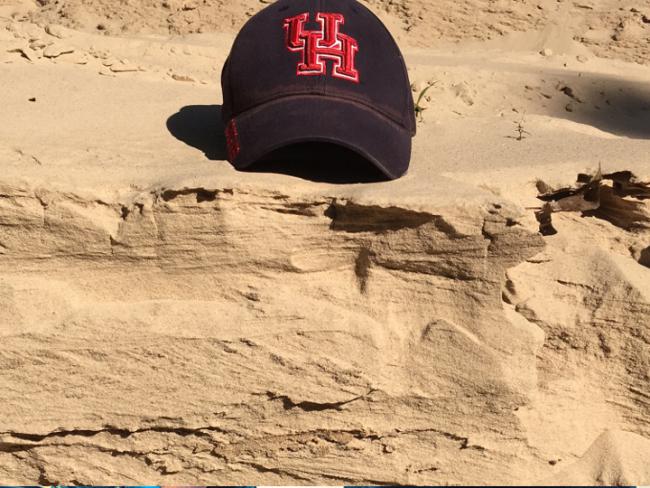
Project Summary: Investigating Sedimentation Patterns in Galveston Bay Post-Hurricane Harvey
Lead Researchers: Prof. Will Sager, Prof. Rob Stewart, and Prof. Julia Wellner, University of Houston
In the aftermath of Hurricane Harvey, which inundated the Texas-Louisiana coast with an estimated 34 trillion gallons of freshwater, researchers from the University of Houston embark on a critical exploration to assess the impact of the colossal rainfall on Galveston Bay. This endeavor, supported by a $64,644 grant from the National Science Foundation, focuses on unraveling the sedimentation patterns in tidal inlets along Galveston Bay's seabed.
Goals:
The primary goal of this research initiative is to comprehend the sedimentation dynamics triggered by the unprecedented rains brought by Hurricane Harvey. By conducting comprehensive surveys of the sea bottom and collecting sediment samples, the research team aims to uncover the intricate patterns and alterations induced by the storm. The ultimate objective is to enhance our understanding of extreme event sedimentation, providing valuable insights for both academic knowledge and coastal management practices.
Methods:
Survey and Sampling: Prof. Will Sager and his team will employ geophysical sonar surveys to map the depth and characteristics of the inlet floors at Bolivar Roads and San Luis Pass, the natural inlets to Galveston Bay. Sediment samples will be collected from these areas to analyze grain size, offering information about current velocity and sediment mobility.
Comparison Studies: The research builds upon prior surveys conducted just weeks before Hurricane Harvey. By comparing the post-Harvey data with the earlier findings, the researchers aim to discern the impact of the intense rainfall on sedimentation patterns. The juxtaposition of surveys conducted before and after the hurricane provides a unique opportunity to observe changes in sediment dynamics.
Laboratory Analysis: In addition to on-site mapping, sediment samples will undergo detailed laboratory analysis. This includes measuring grain size to glean insights into the velocity of the current during the storm. Such analyses contribute to a comprehensive understanding of the sediment transport processes induced by extreme weather events.
Expected Outcomes:
The project is anticipated to yield valuable insights into the effects of extreme rainfall on sedimentation patterns in tidal inlets along Galveston Bay. The comparison between pre- and post-Harvey surveys will offer a nuanced understanding of how massive freshwater inflows influence coastal sediment dynamics. The research outcomes will not only contribute to academic knowledge about extreme event sedimentation but will also provide crucial information for state and federal agencies involved in coastal management.
Significance:
Academic Understanding: The research enhances academic understanding of coastal sedimentation patterns during extreme rain events, contributing to the broader field of geophysics and earth sciences.
Coastal Management: The insights gained from this study offer practical information for state and federal agencies responsible for coastal administration. Understanding the impact of hurricanes on sedimentation is vital for developing effective coastal management strategies.
In summary, Prof. Will Sager, Prof. Rob Stewart, and Prof. Julia Wellner's research project serves as a crucial exploration into the sedimentation aftermath of Hurricane Harvey in Galveston Bay. By employing advanced geophysical techniques and leveraging pre-existing survey data, the team aims to uncover the intricate changes induced by extreme rainfall, contributing to both scientific knowledge and coastal resilience planning.